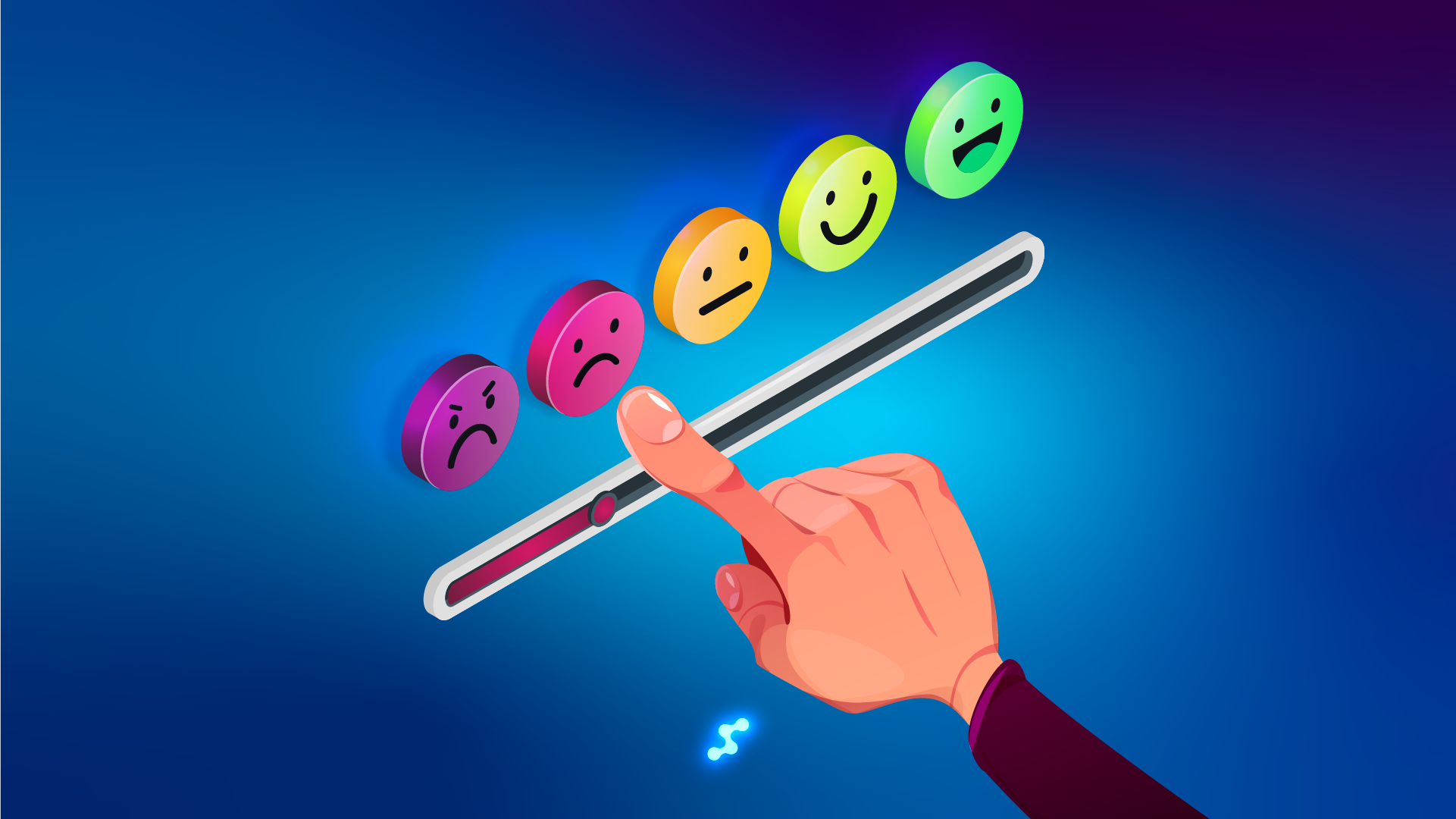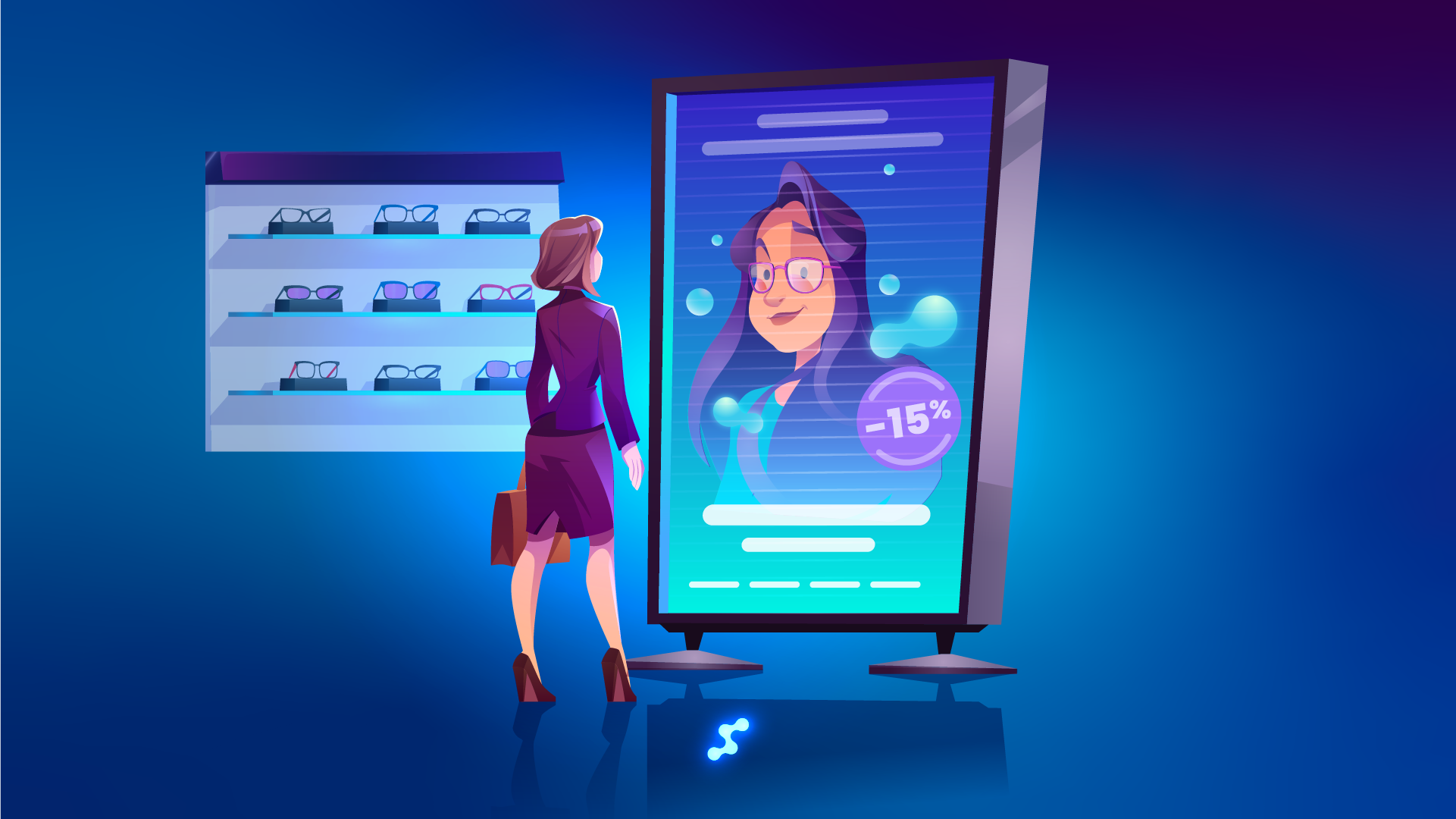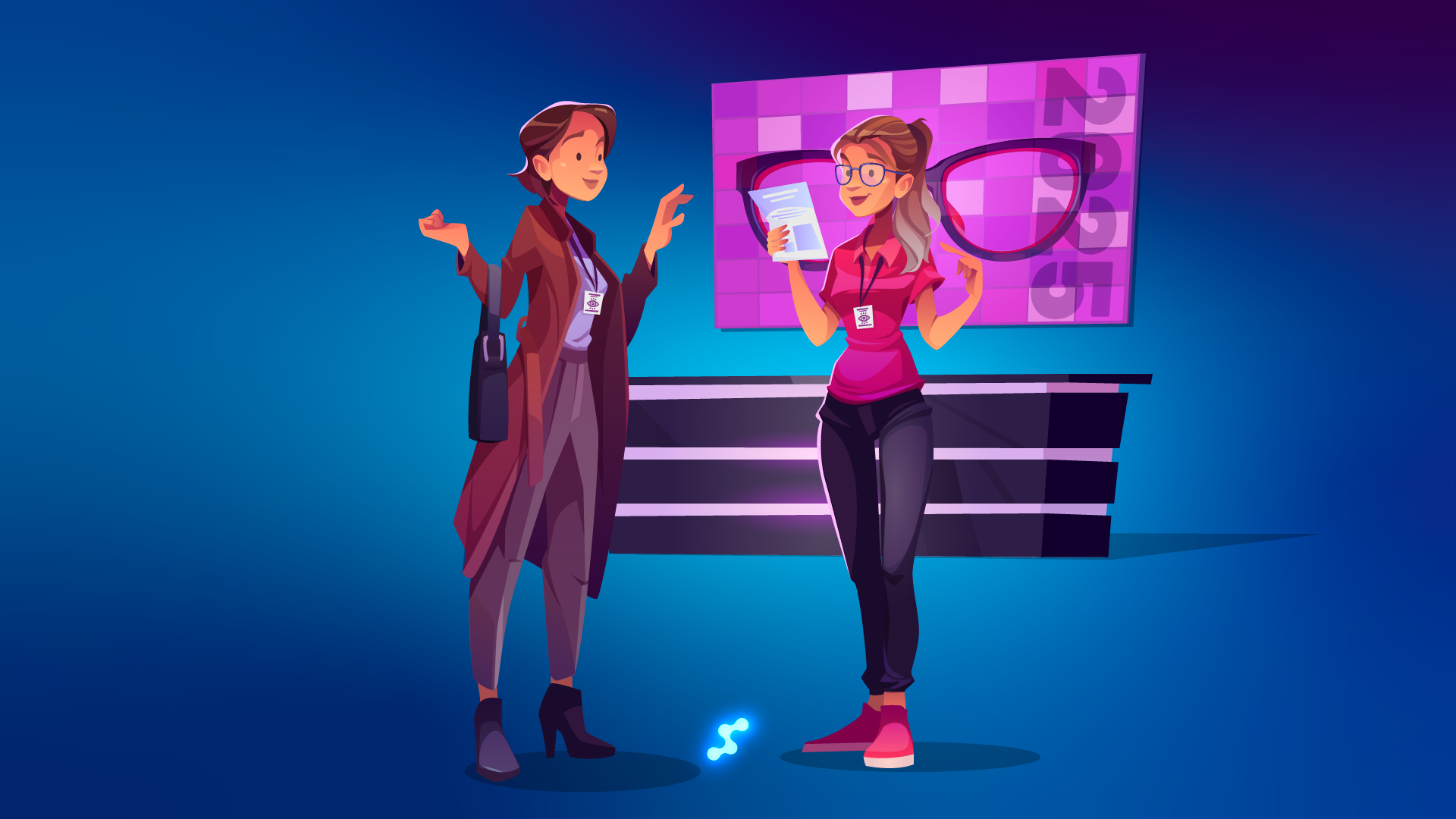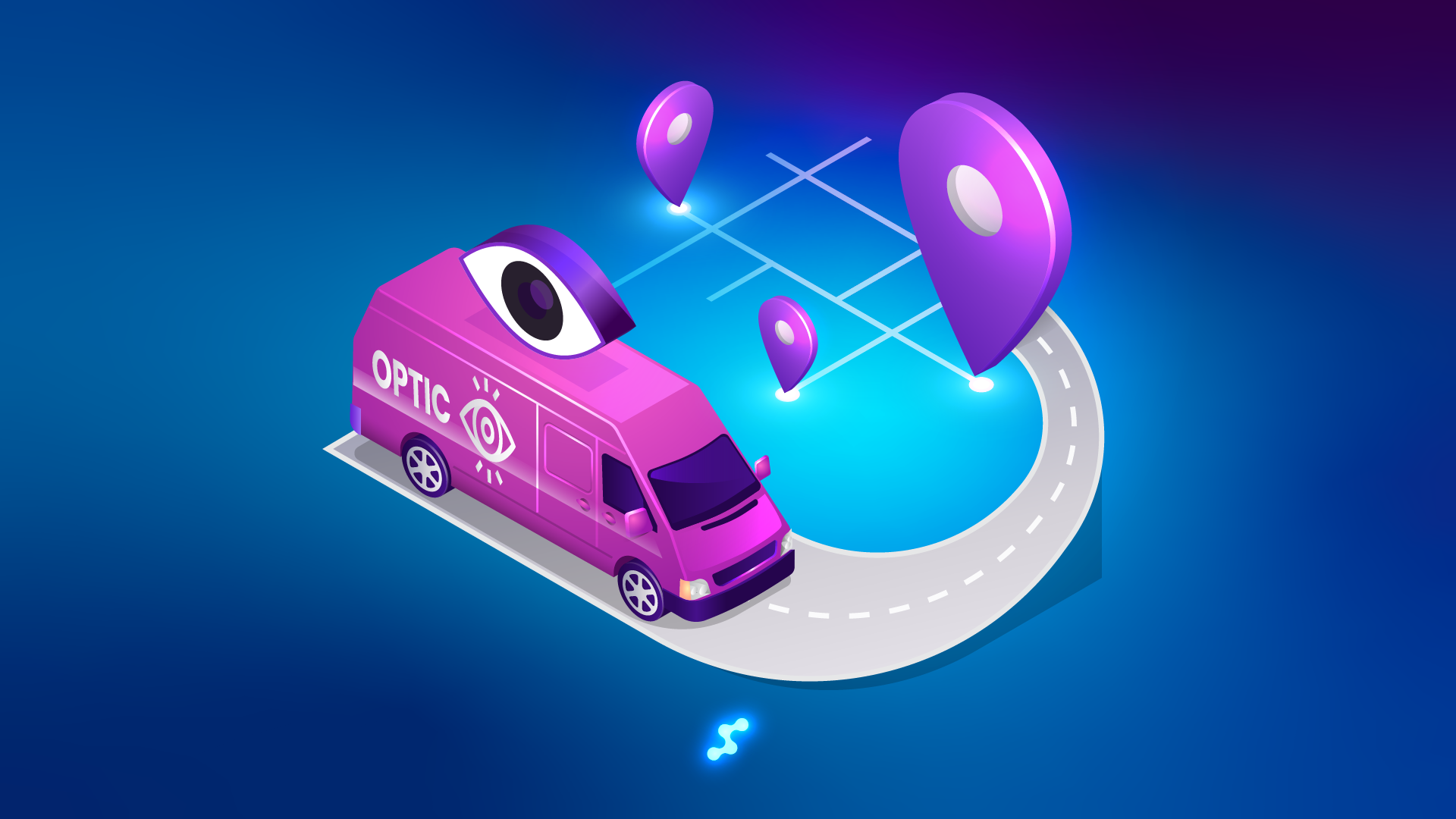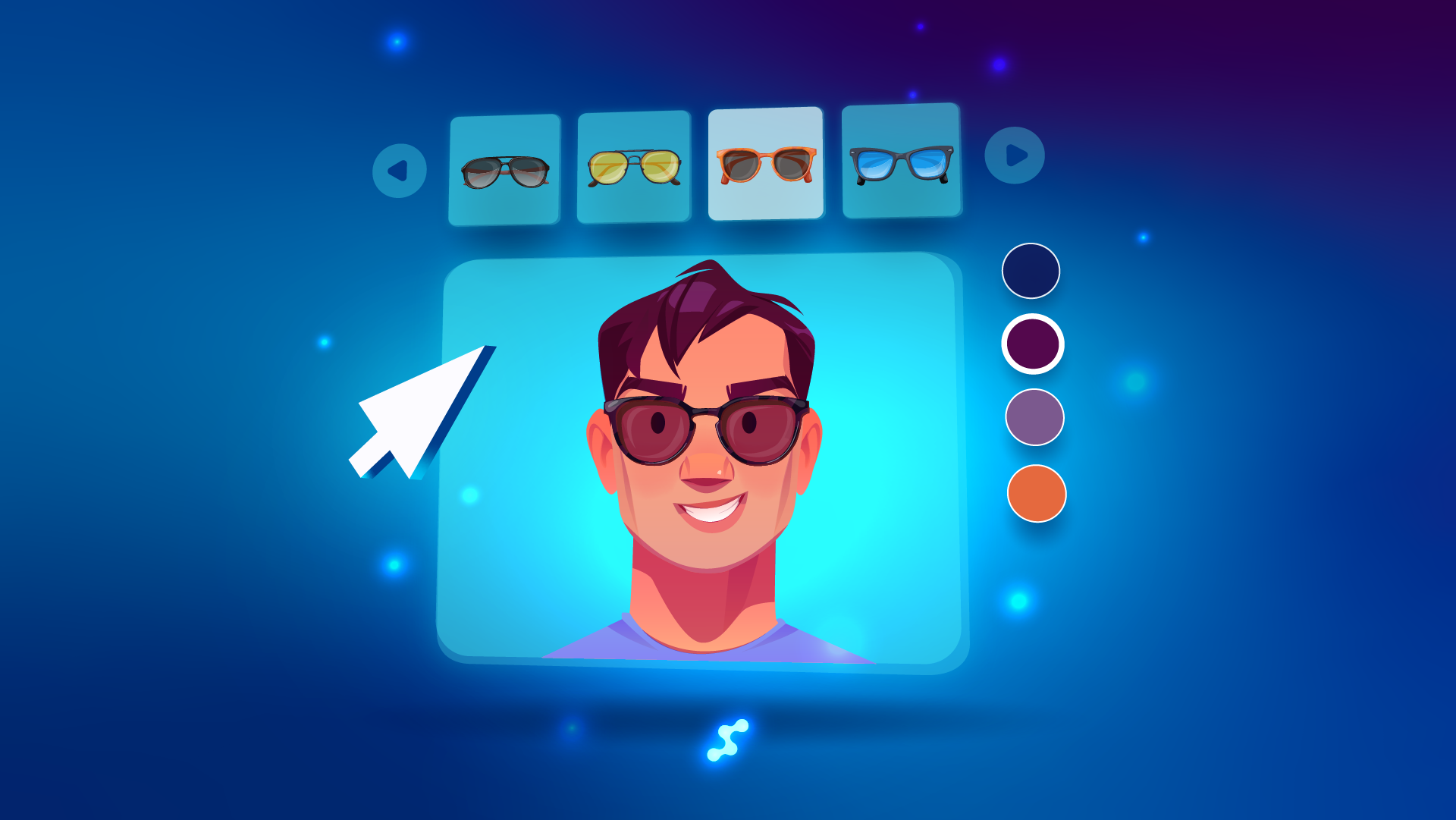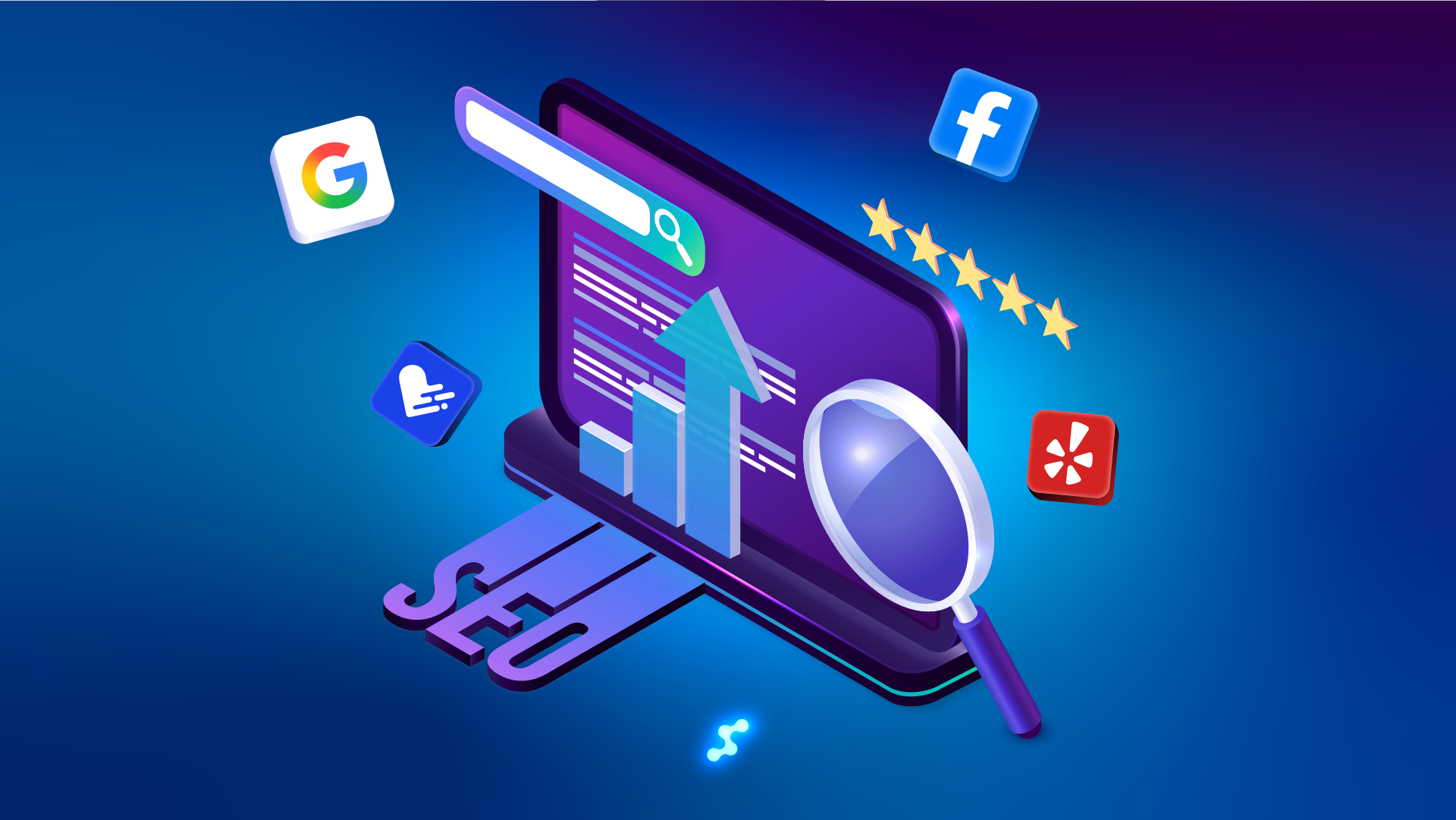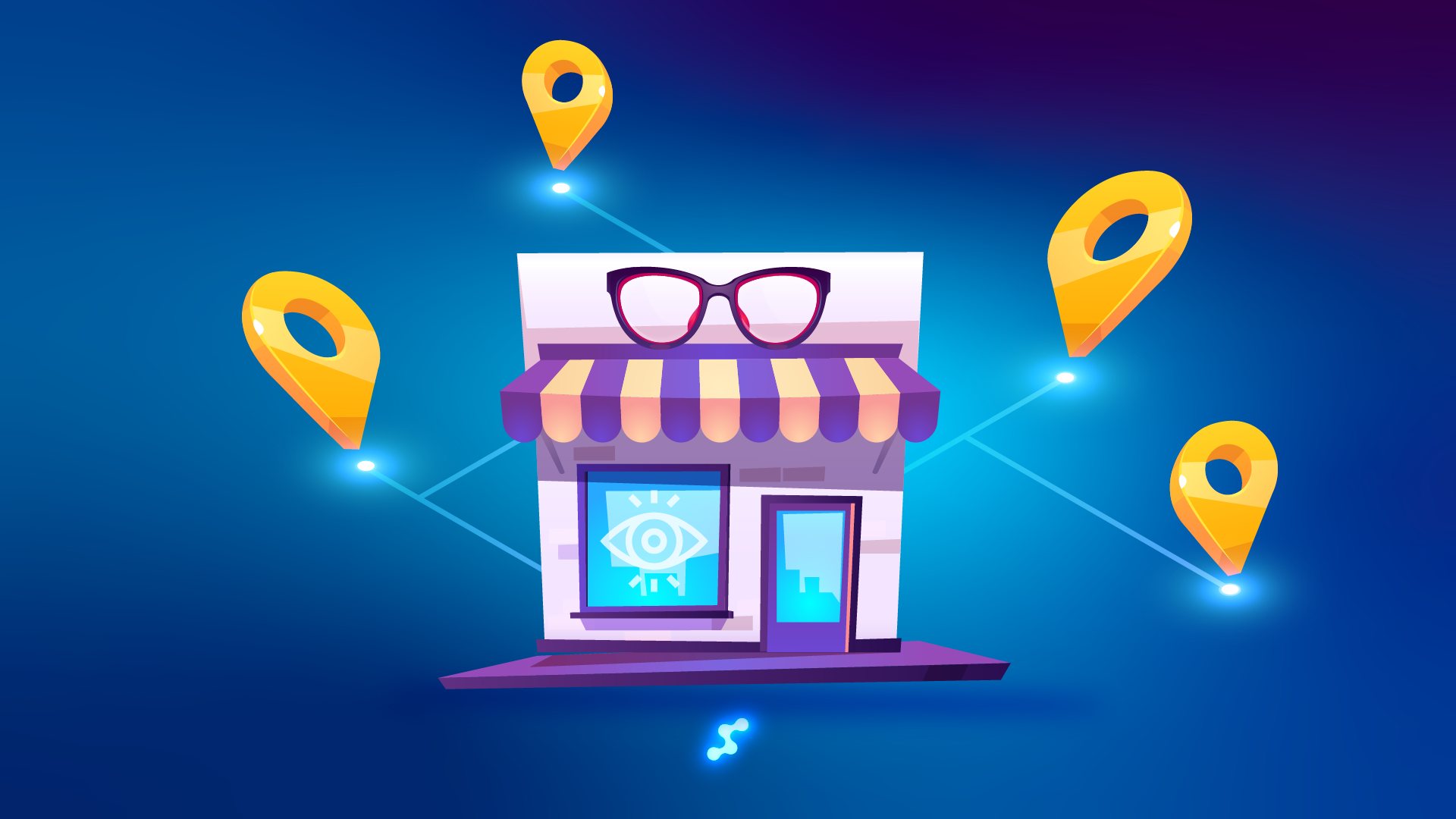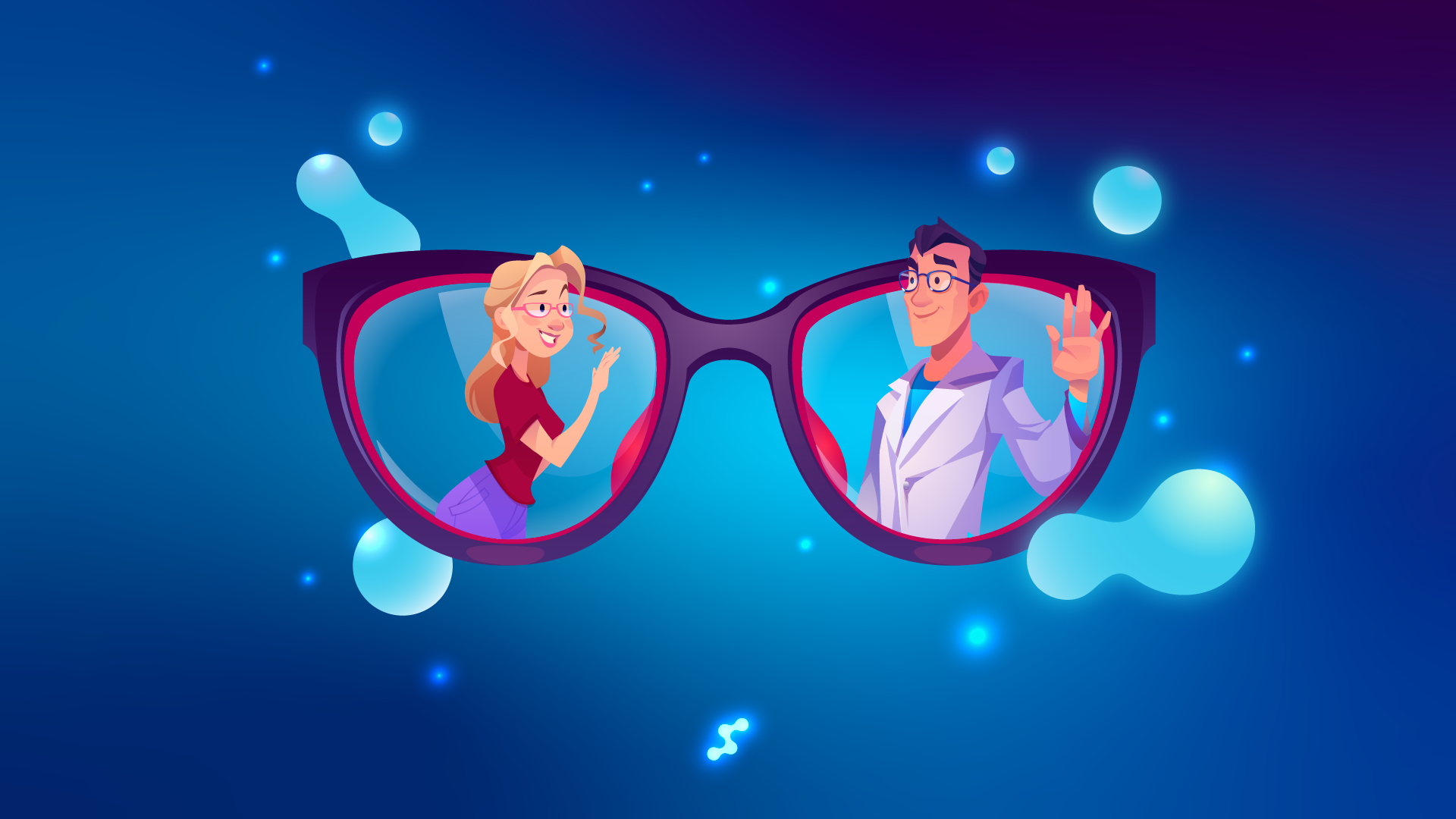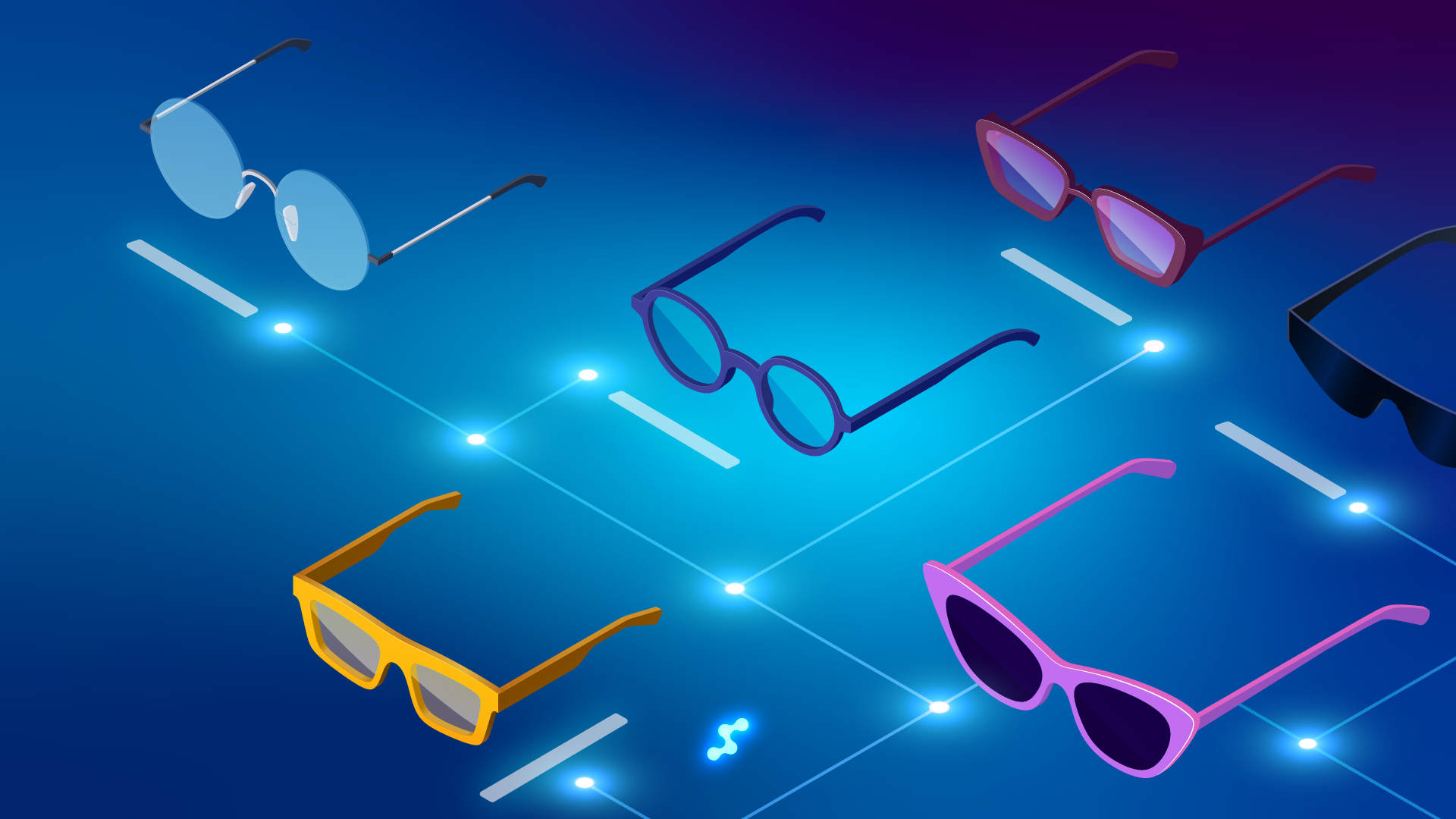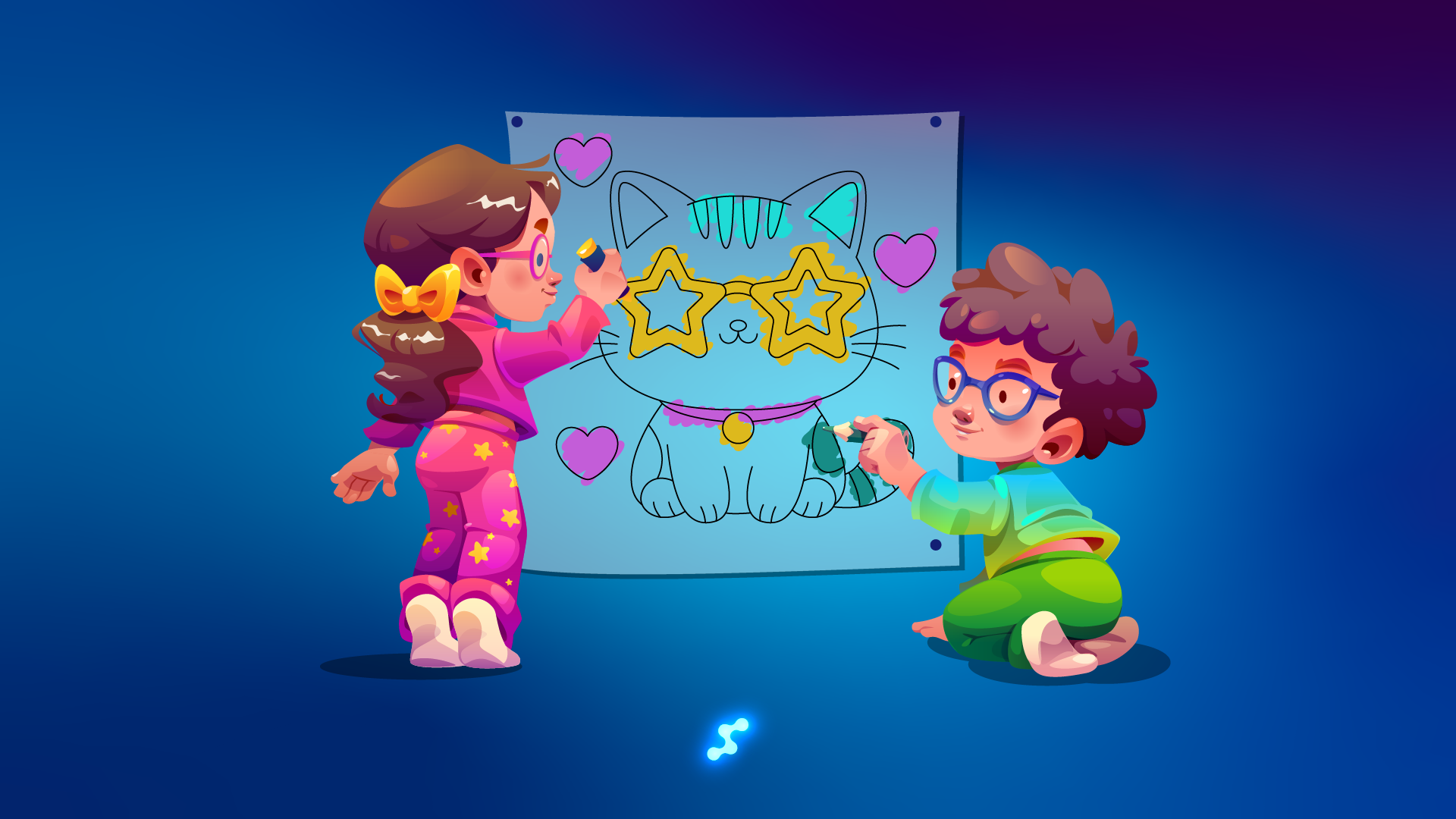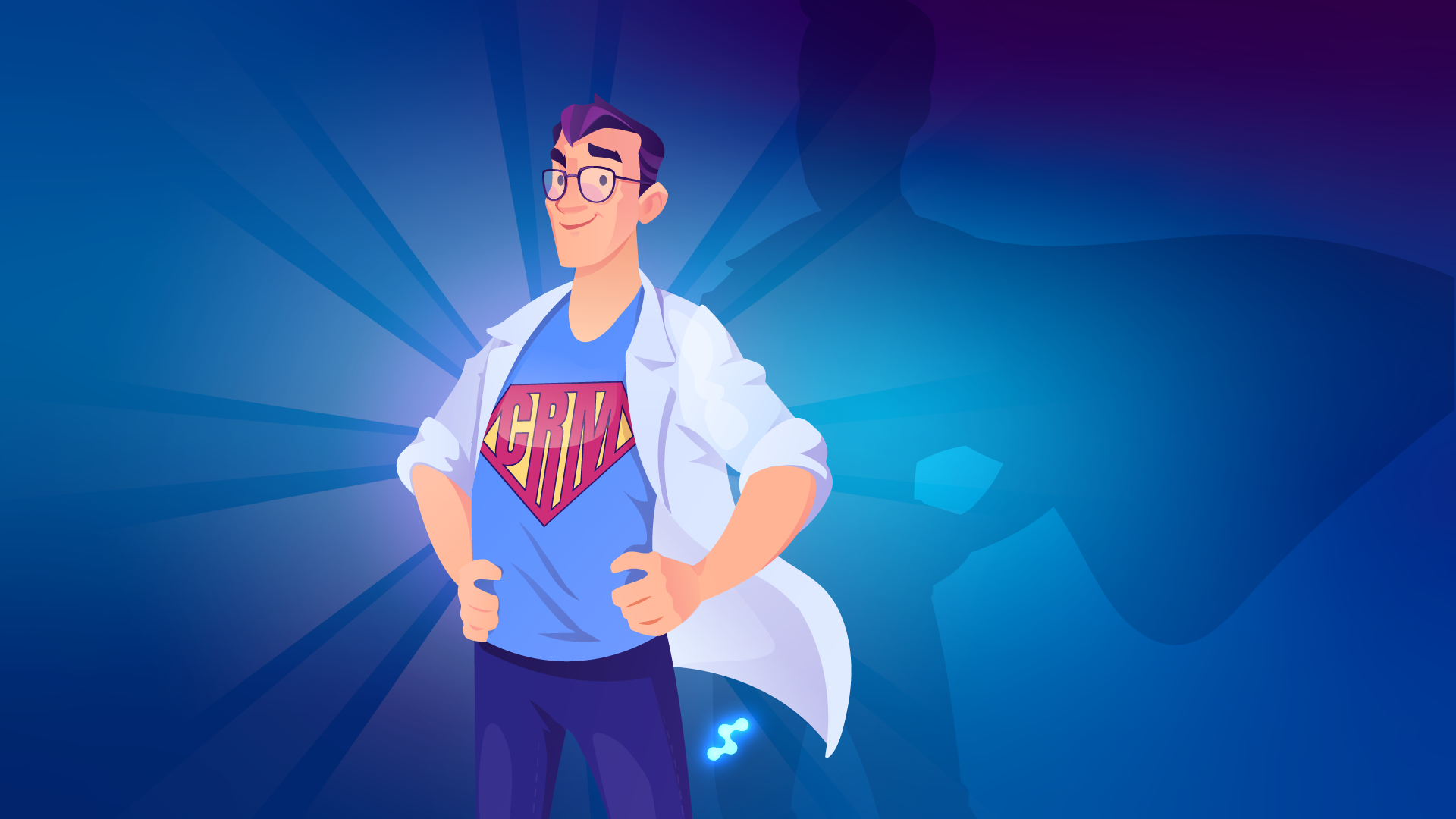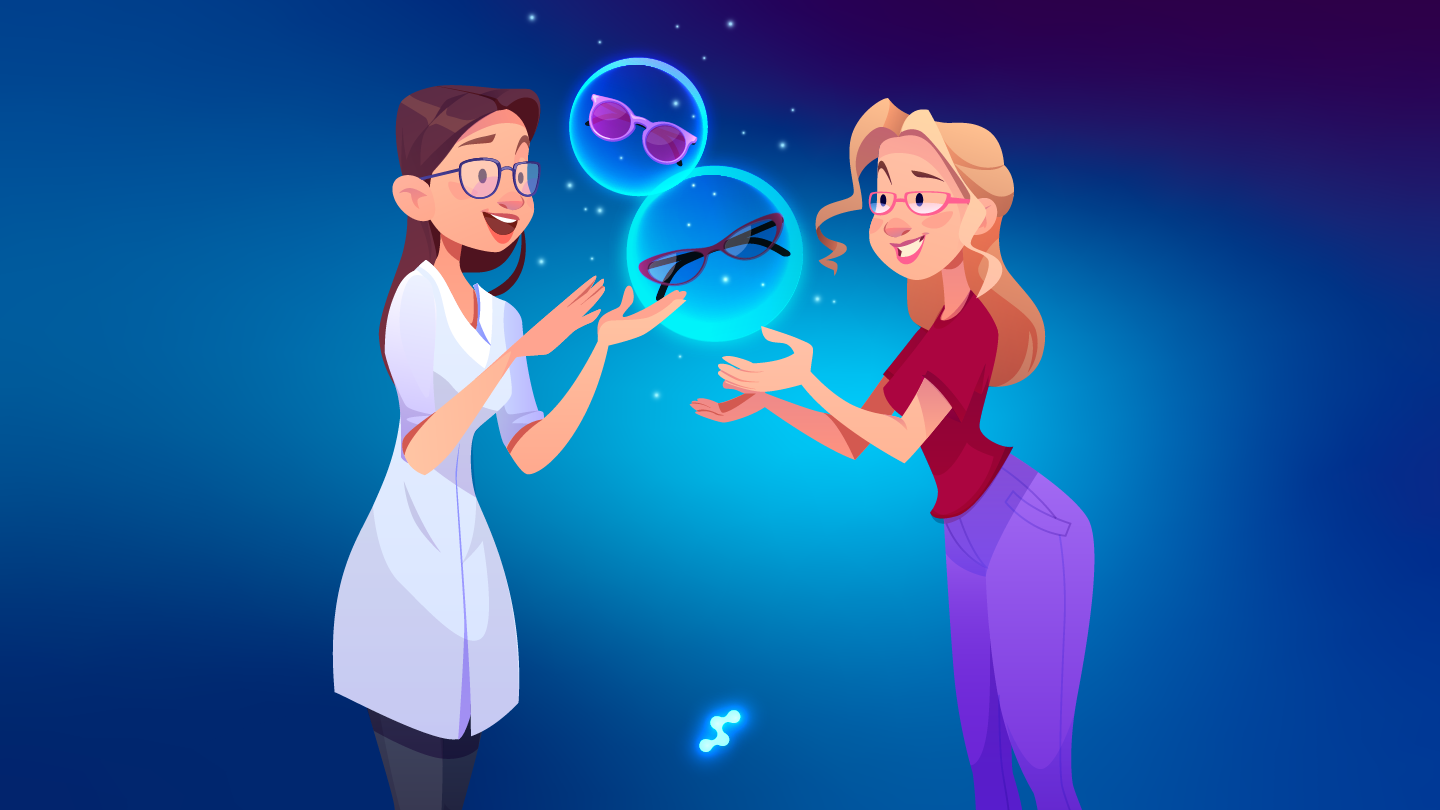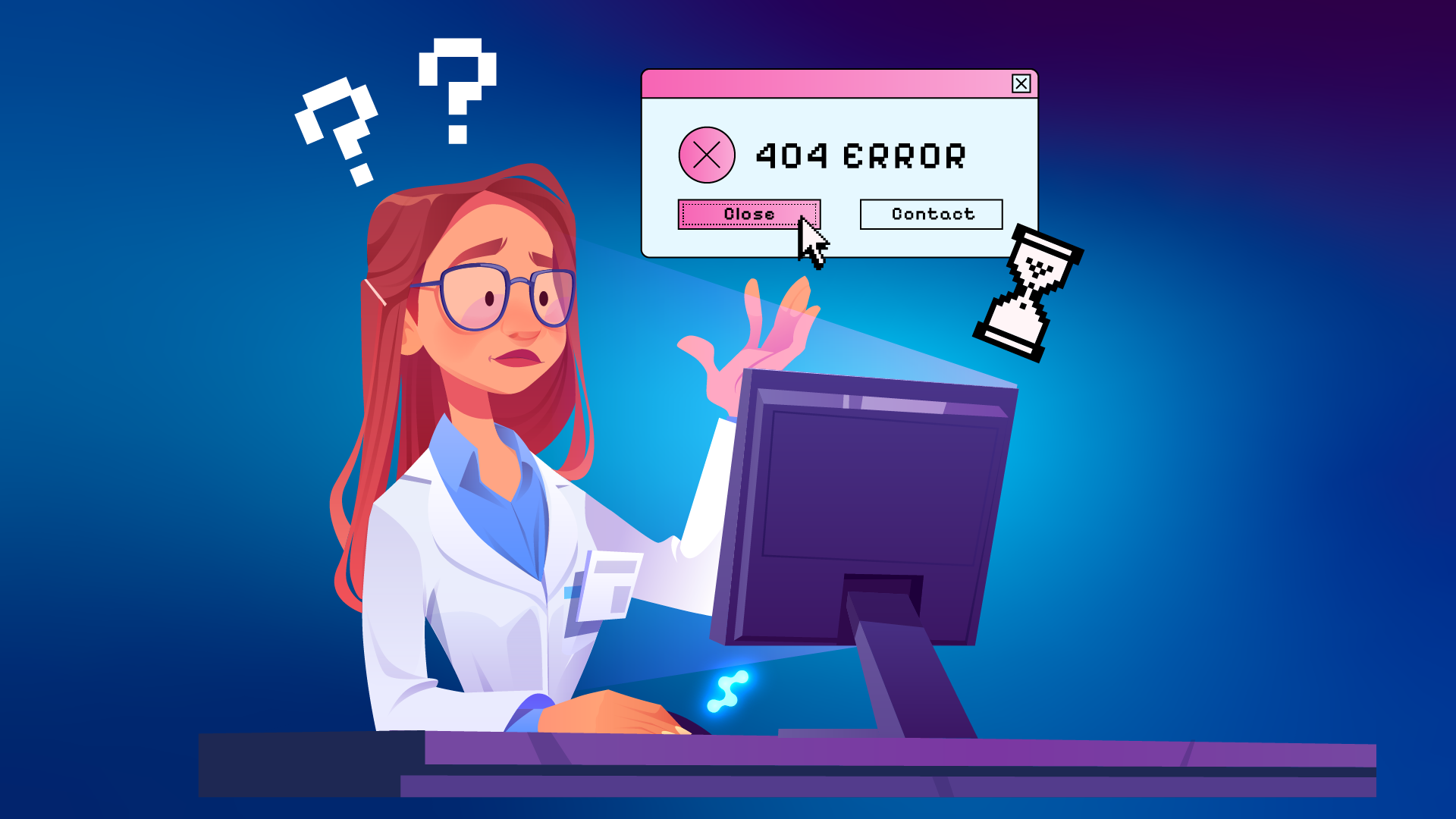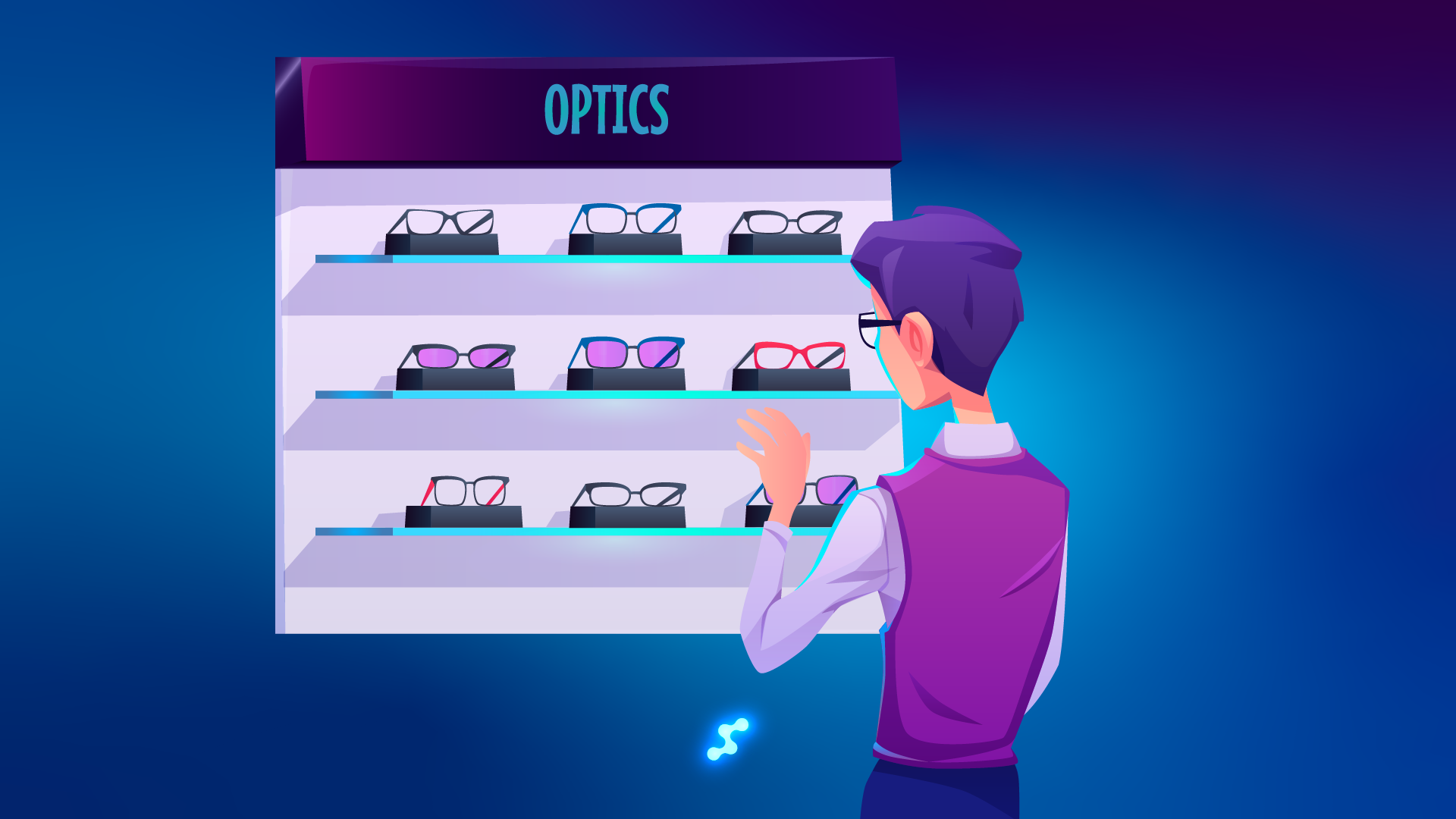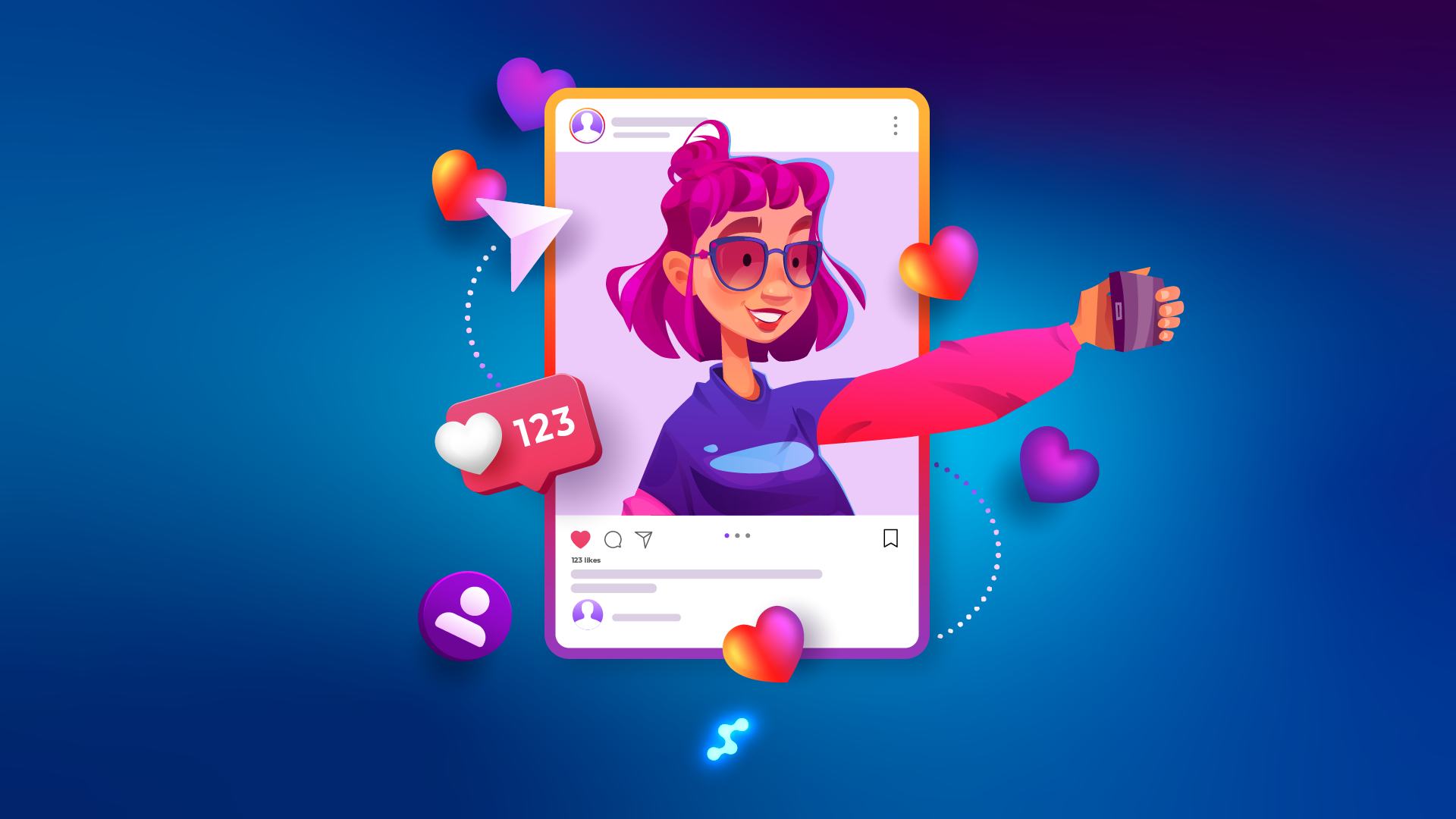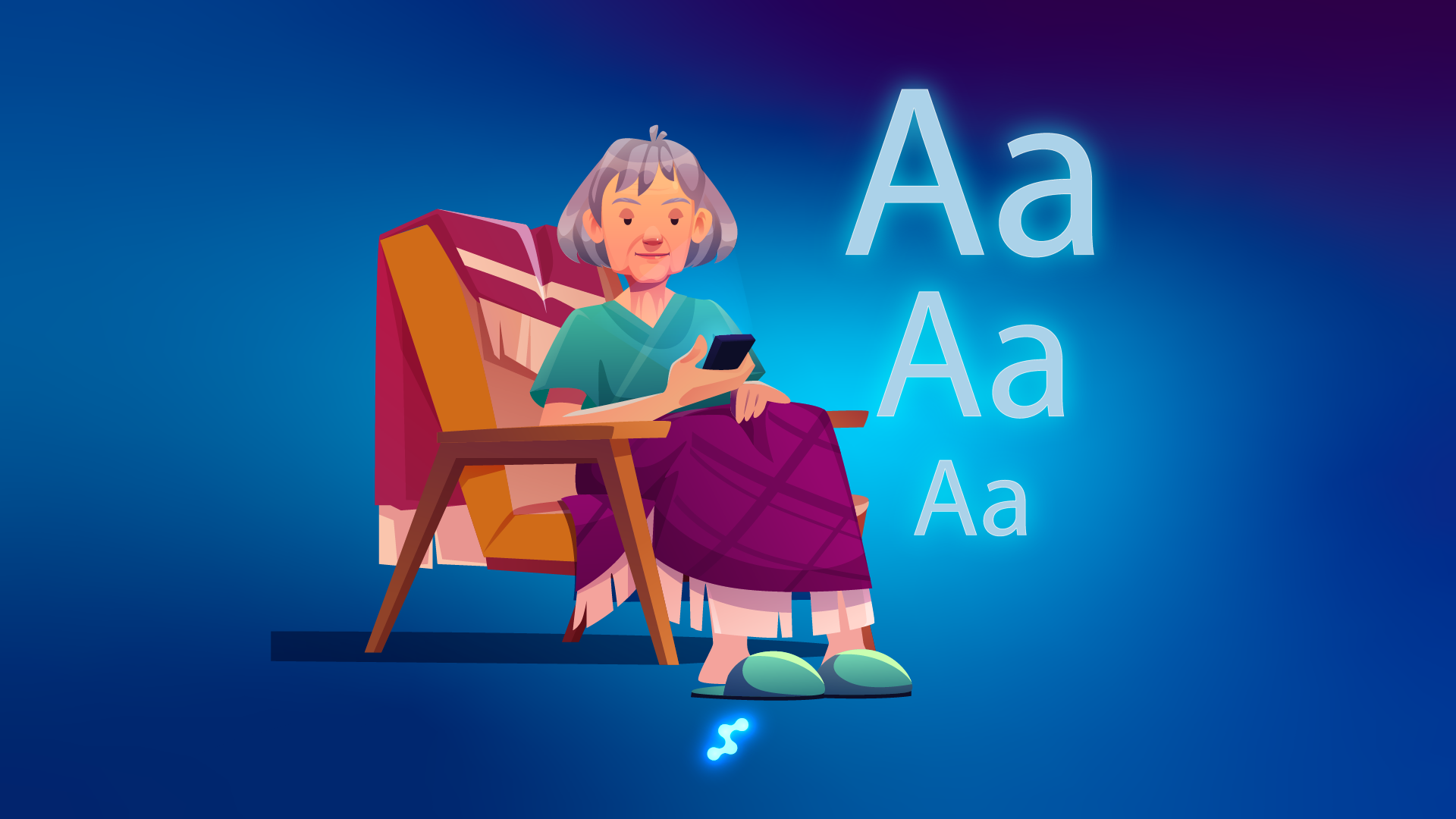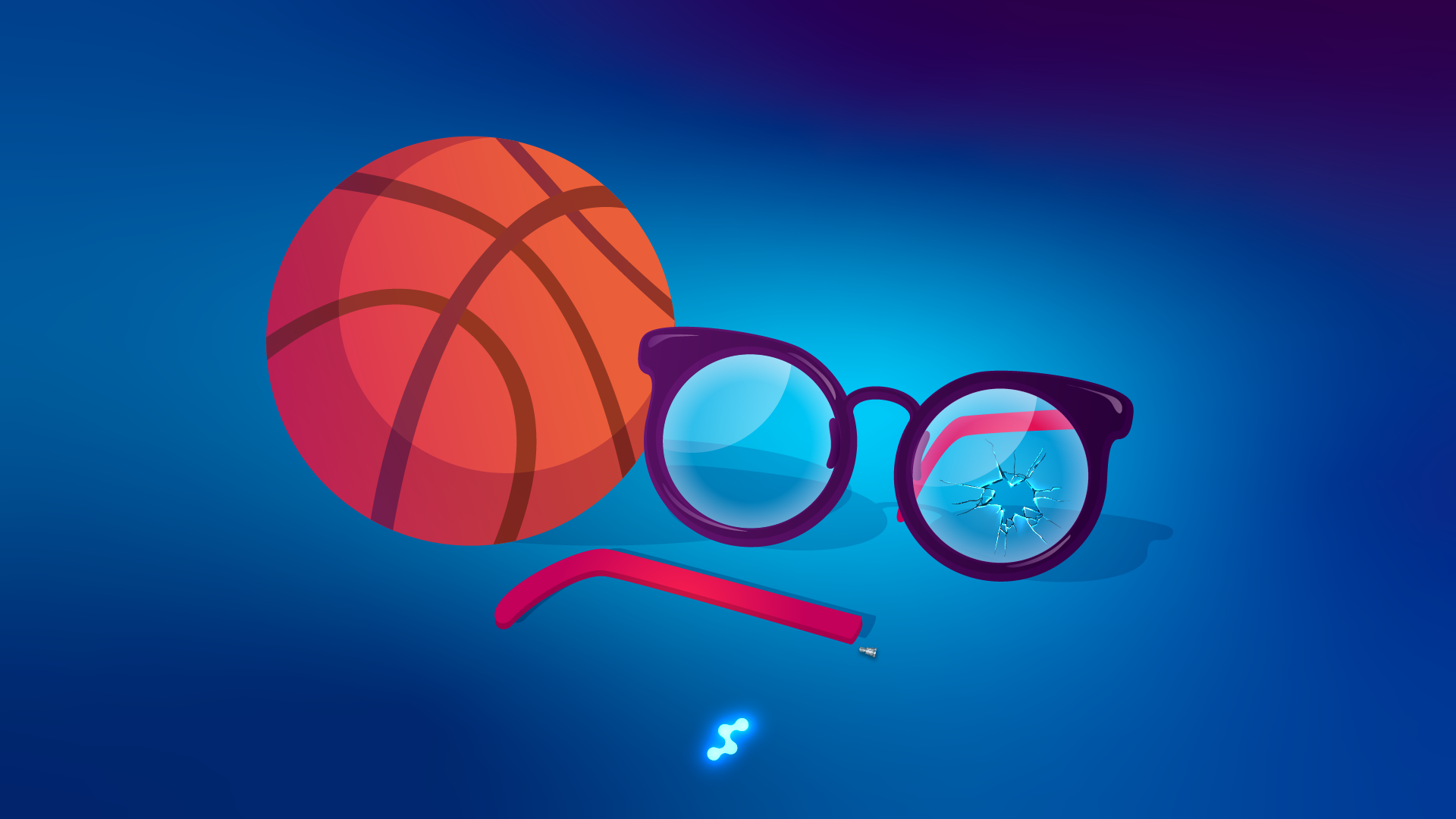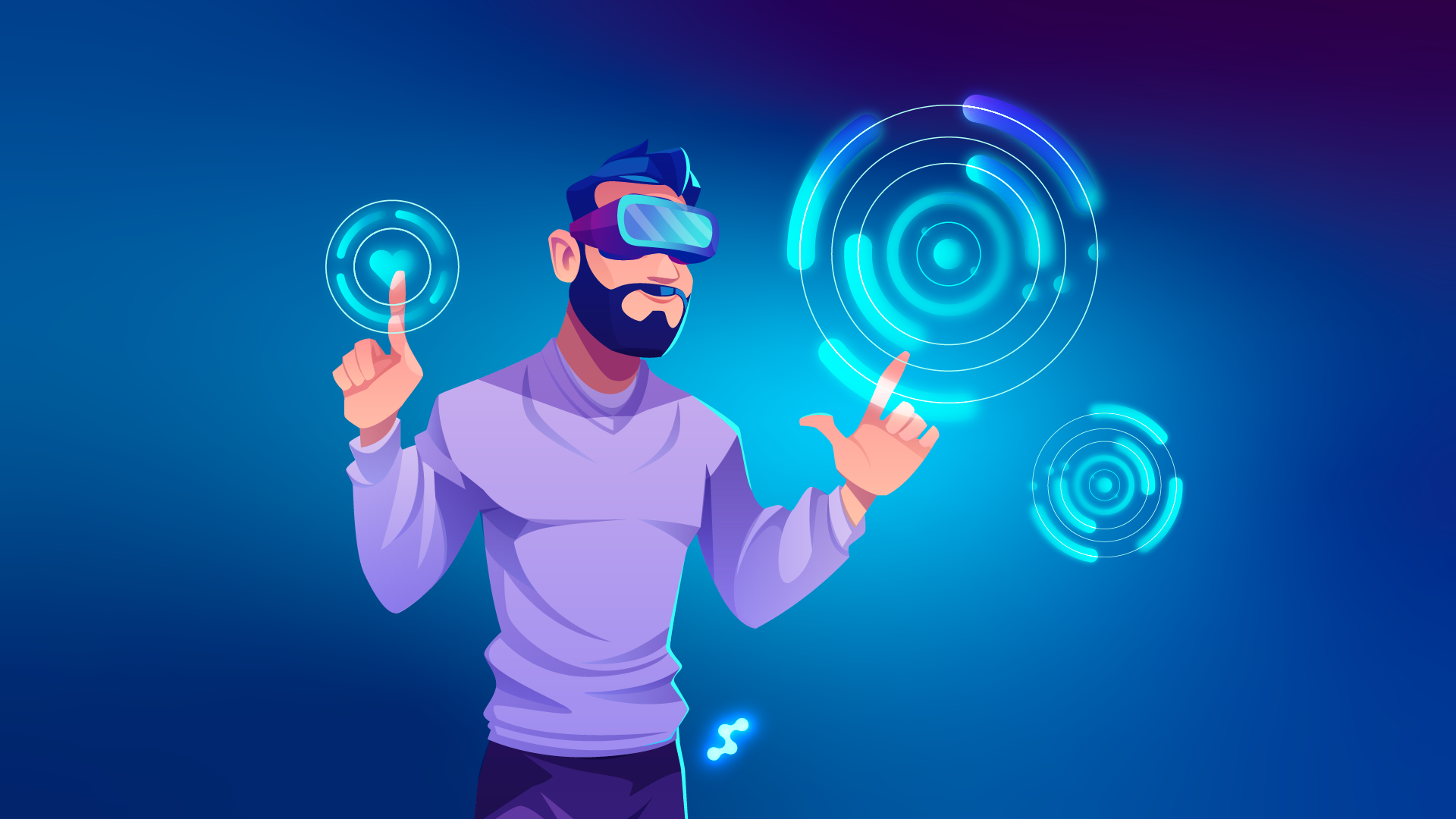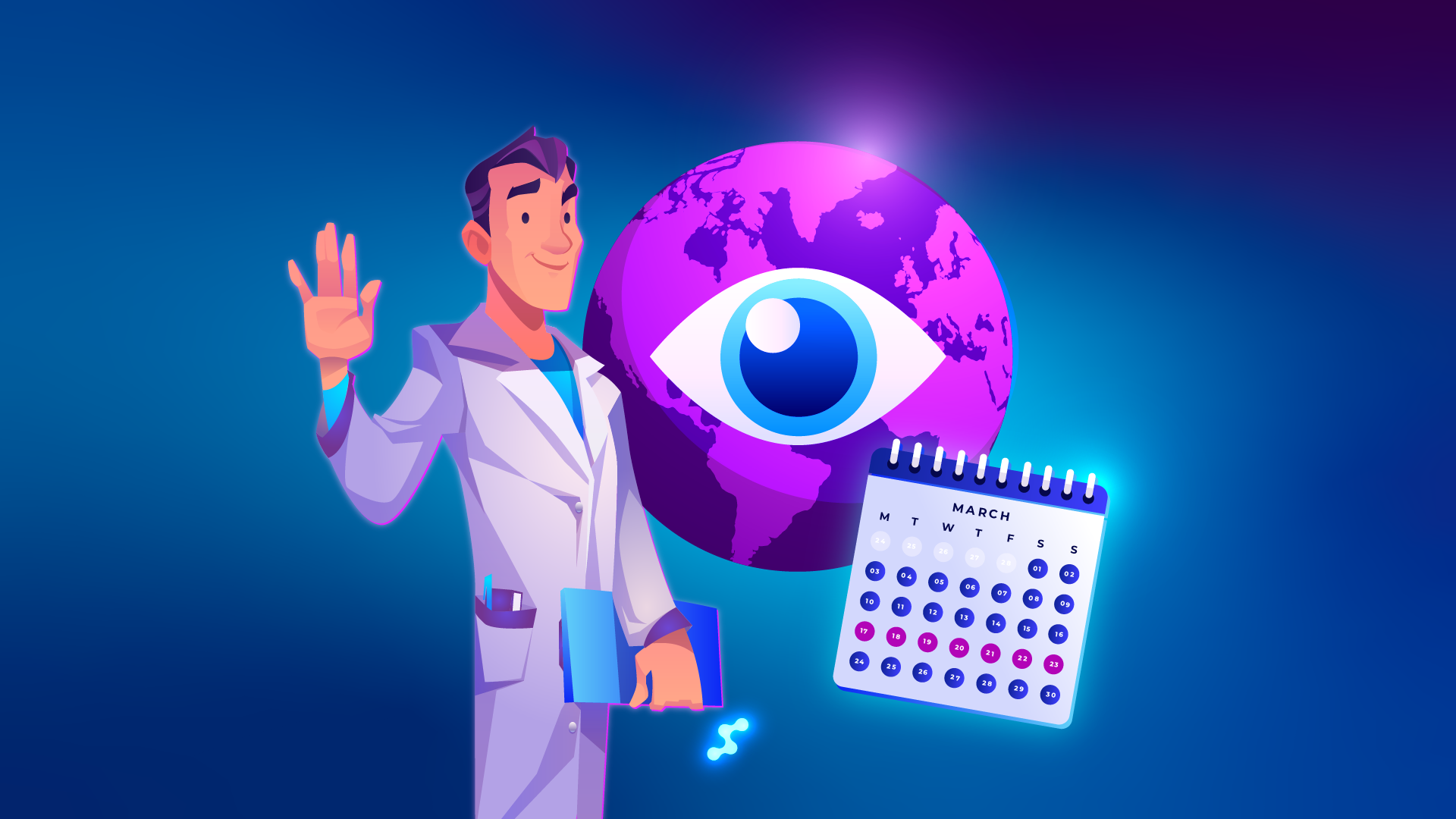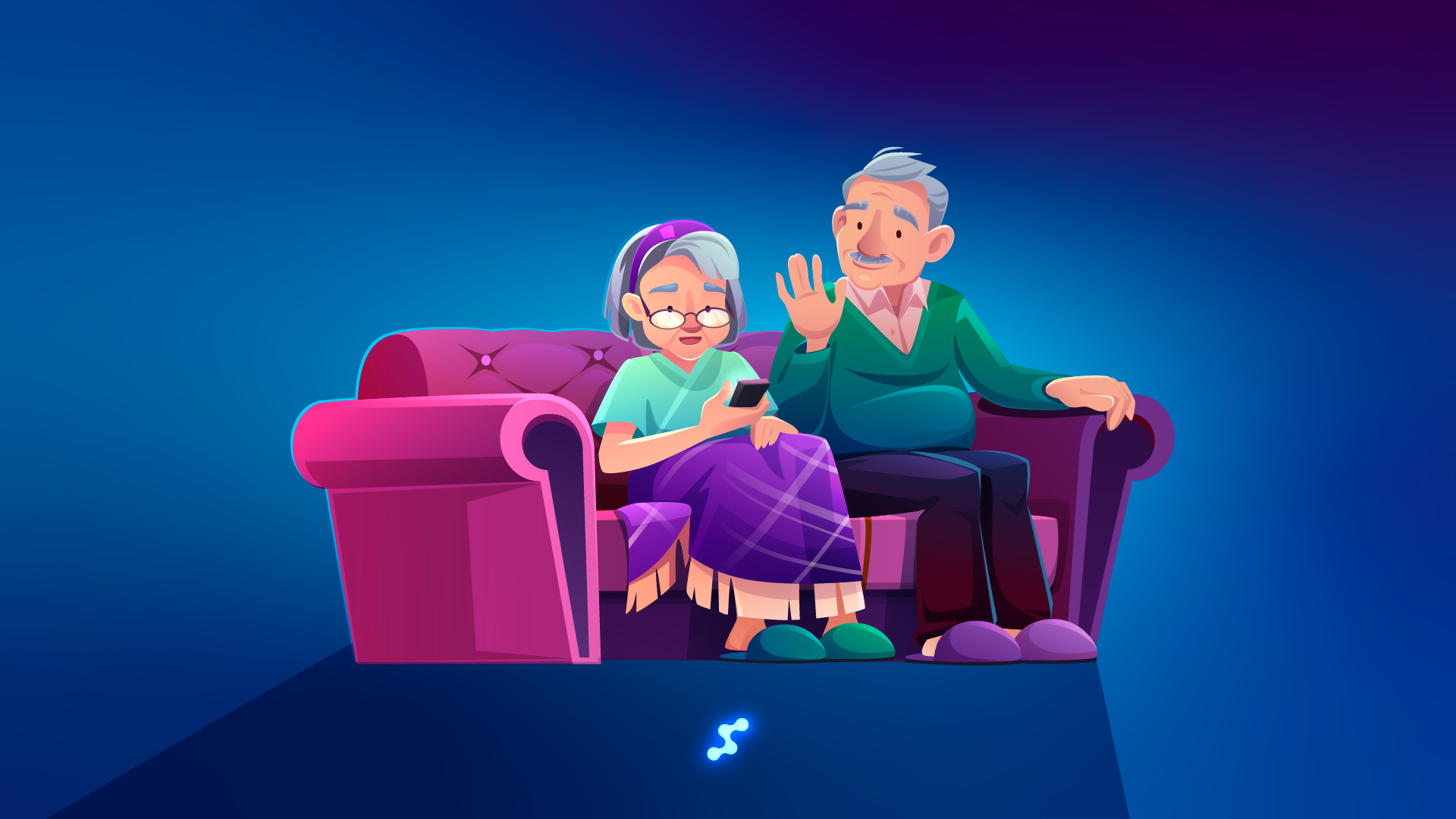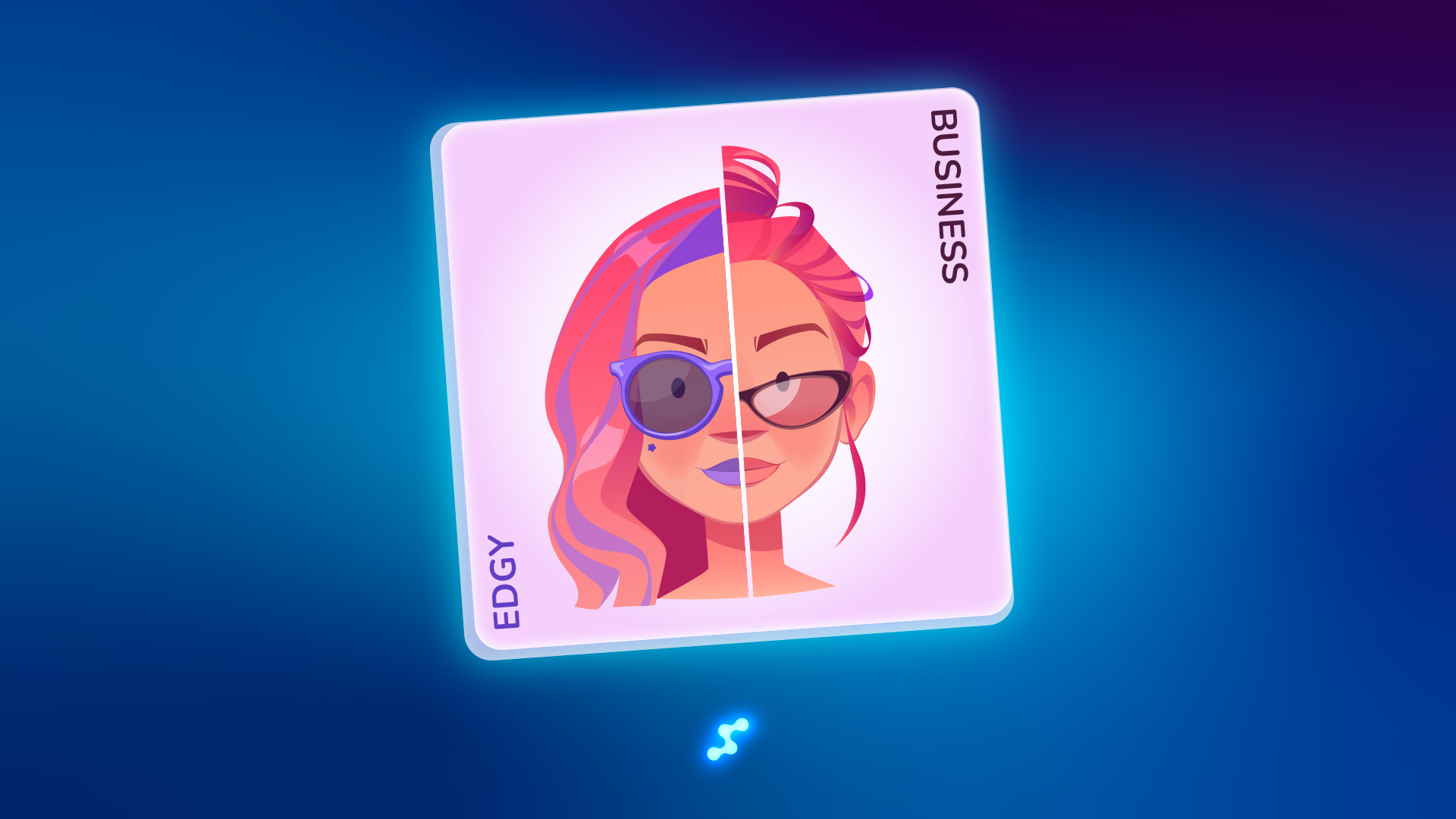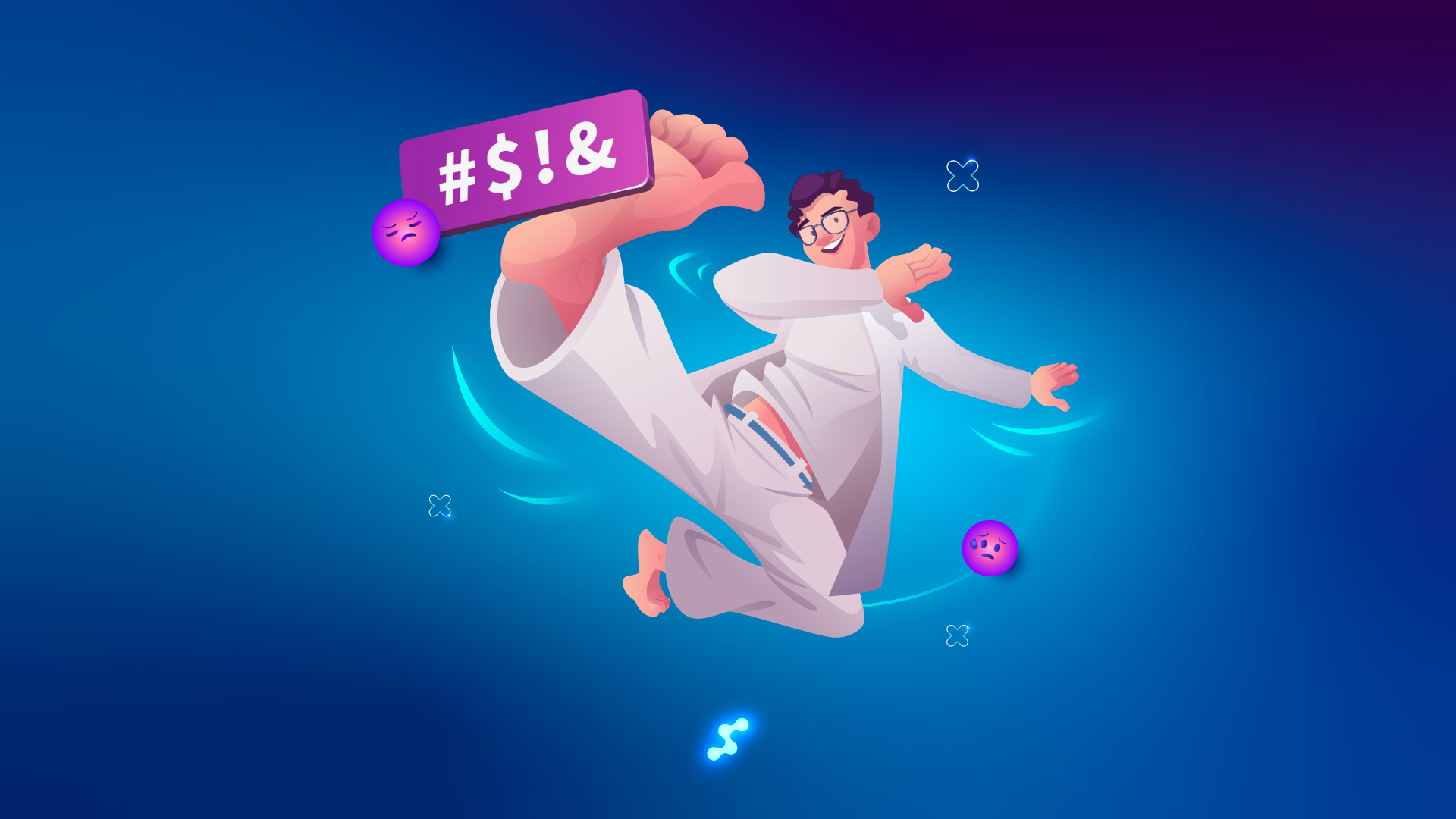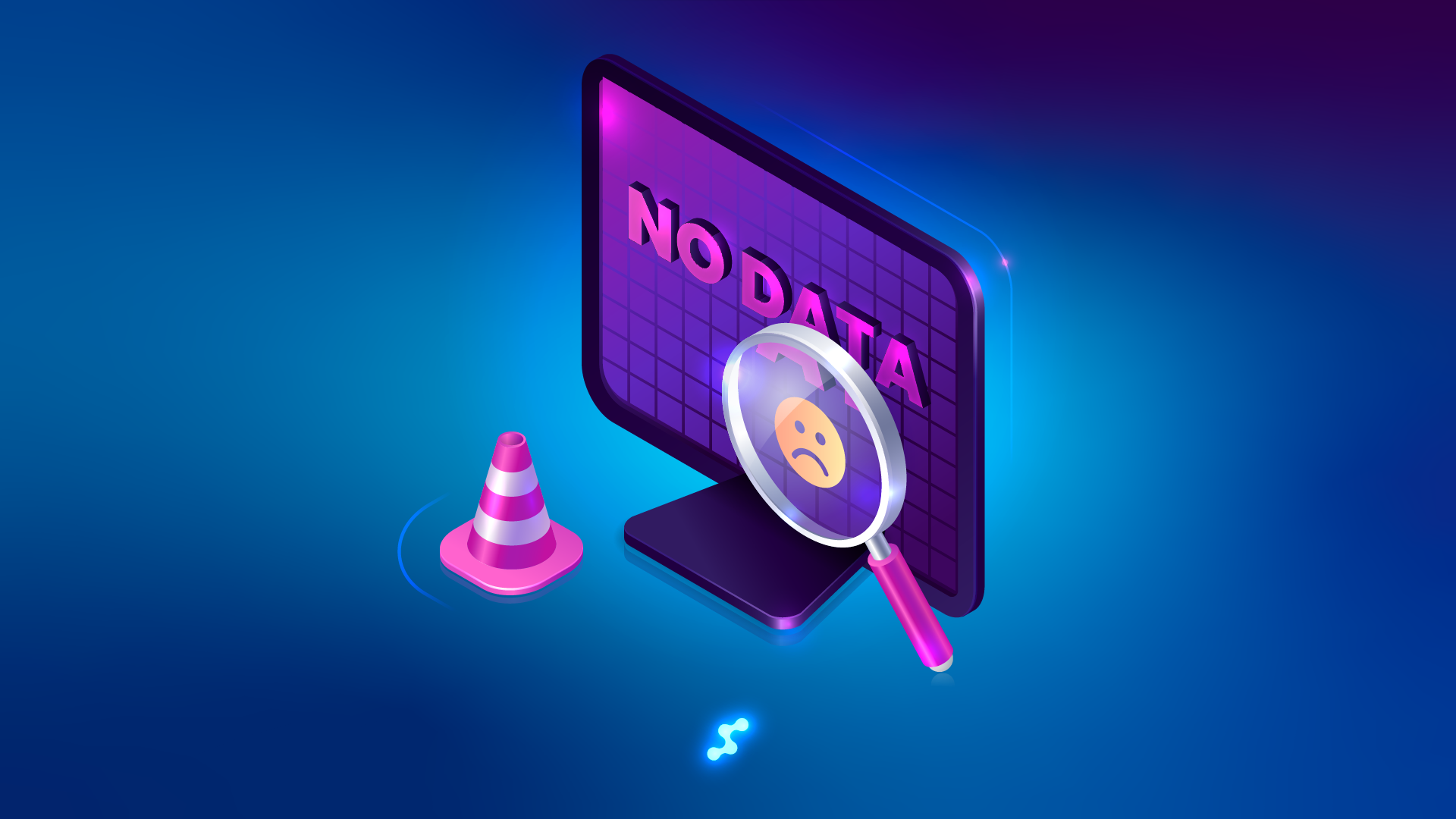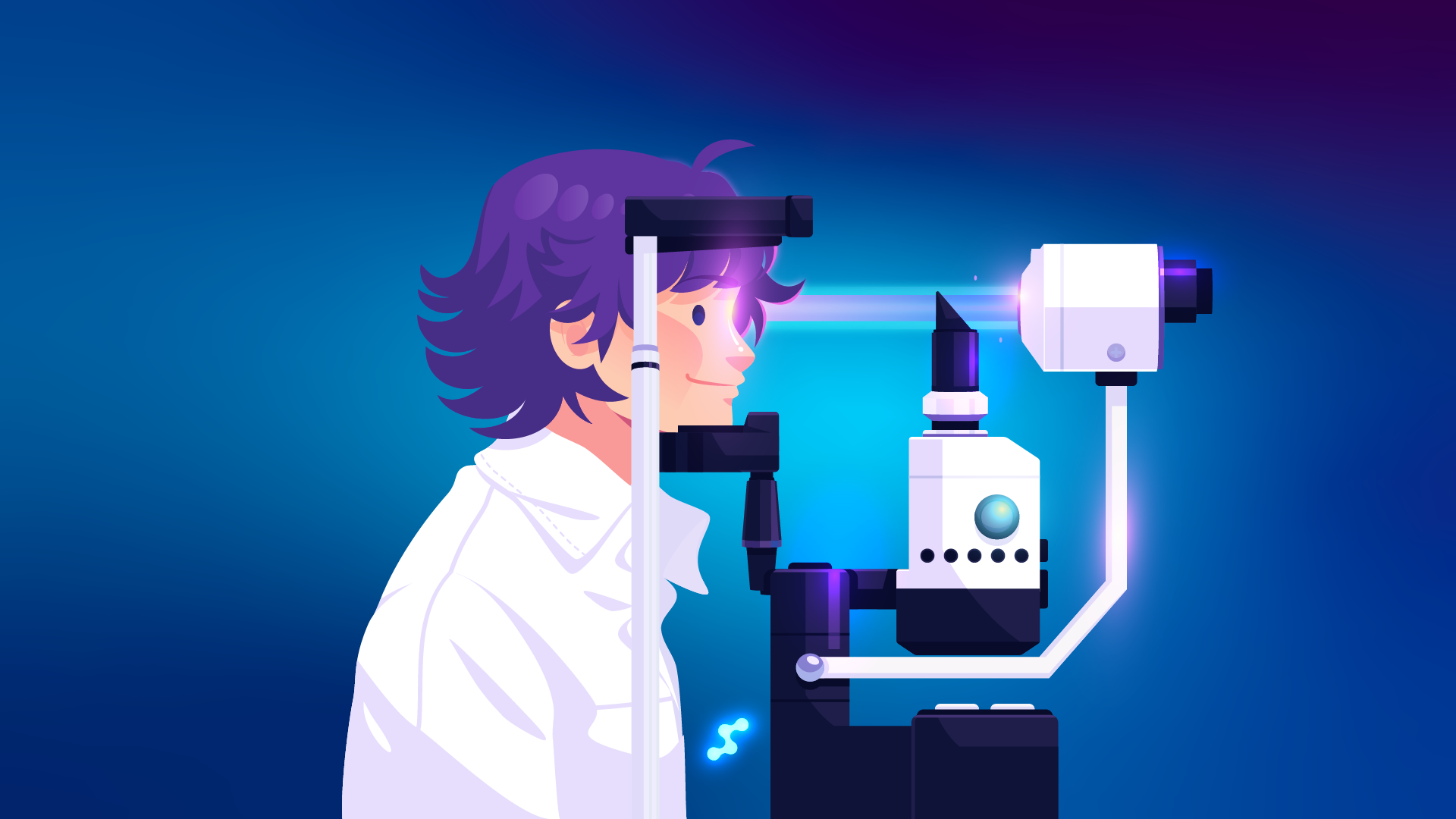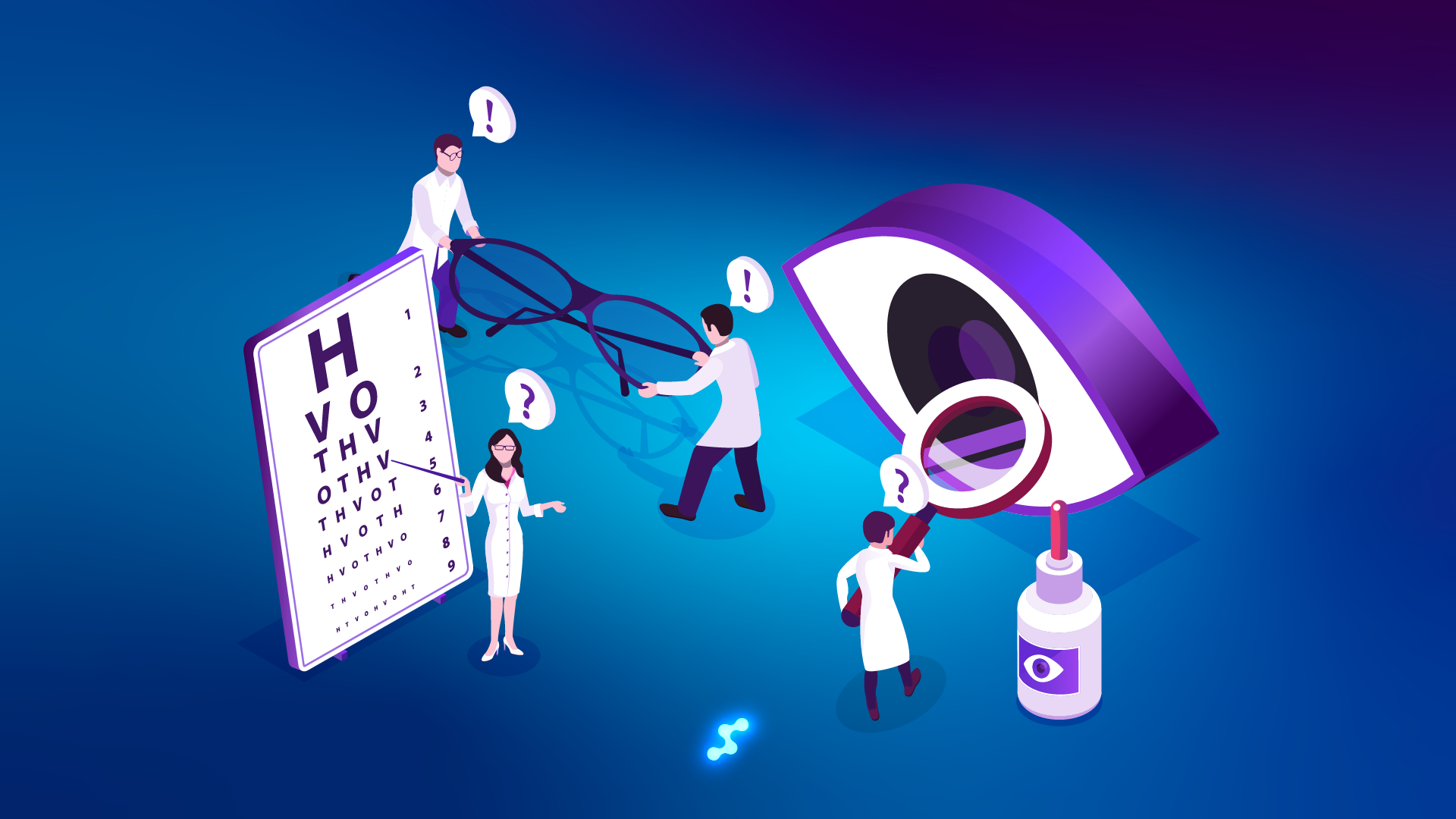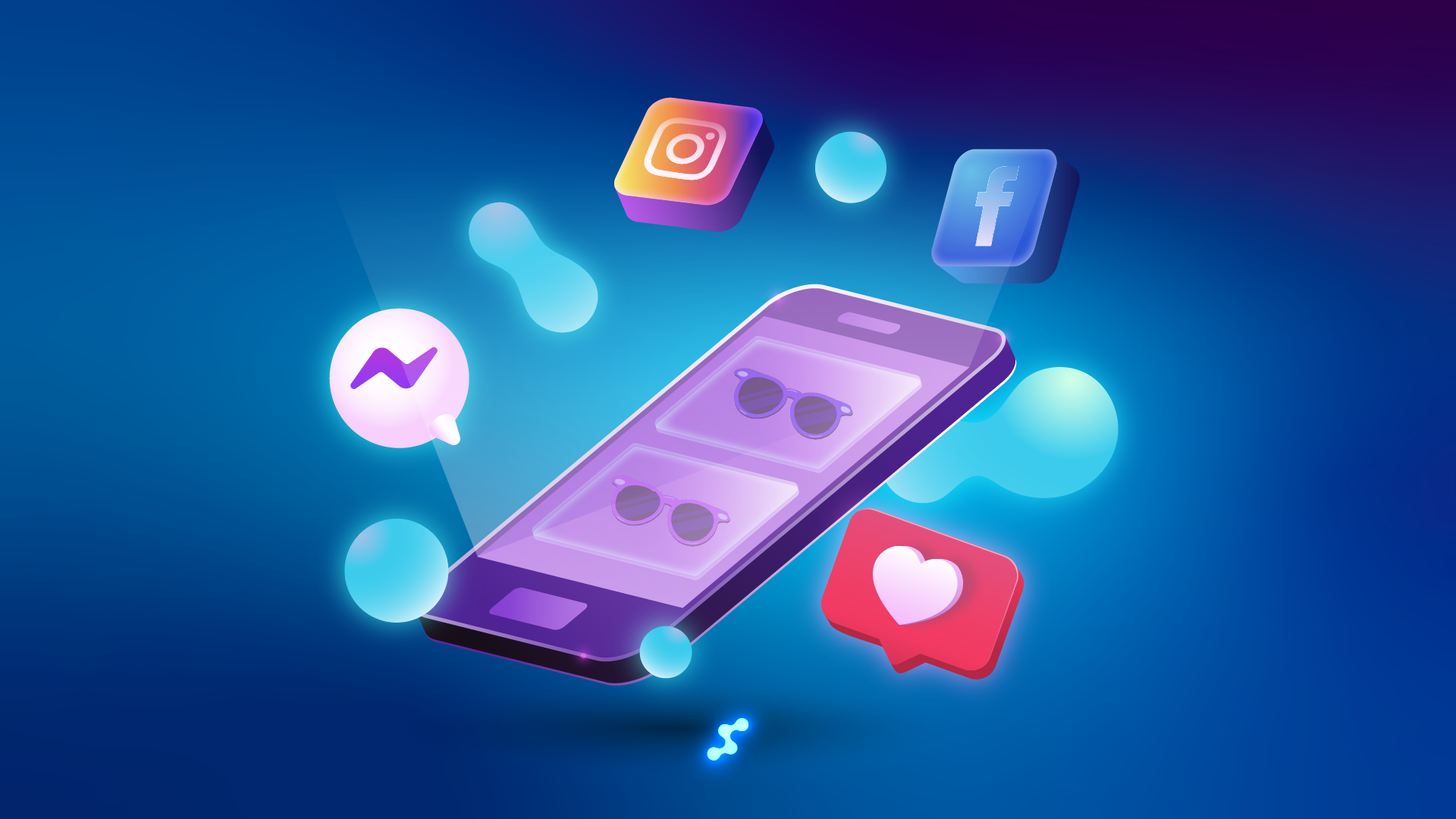Outsmarting AI: How Traditional Eye Care Wins
In the race to embrace artificial intelligence and automation, it’s easy to feel left behind if your practice isn’t running on the latest tech. But what if that’s actually your greatest strength? In a world where algorithms dominate diagnostics and chatbots handle customer service, the most powerful tool in your arsenal might just be something no machine can replicate: your human touch. This article explores why “old-school” eye care is not only alive and well—but thriving—and how you can turn this counterintuitive advantage into your practice’s secret weapon.

The Rise of the Machines: What AI Promises (and What It Can’t Deliver)
Artificial intelligence has made headlines for its ability to rapidly analyze retinal scans, predict disease progression, and automate administrative tasks. These advances are impressive—AI can spot patterns invisible to the human eye and process patient data at lightning speed. For large clinics and hospital networks, these tools can mean faster diagnoses and streamlined workflows.
But there’s a catch. AI, for all its computational power, is fundamentally limited in ways that matter most to patients. It can’t offer a reassuring smile, read subtle emotional cues, or adapt its advice to the unique circumstances of each person in your chair. The promise of perfect automation often overlooks the messy, deeply human reality of health care—where trust, empathy, and nuanced communication are everything.
7-day free trial
Got Any Questions? Let us know in the Contact Us form below.
Trust, Comfort, and the Power of Personal Relationships
Eye care is personal. Patients don’t just want a prescription—they want to feel seen, heard, and cared for. The relationship between practitioner and patient is built on trust, comfort, and the assurance that their well-being is your top priority. This is where human practitioners shine.
Consider the patient who’s nervous about a glaucoma diagnosis, or the elderly client struggling with new bifocals. No algorithm can replace the comfort of a calm explanation, a listening ear, or the encouragement that comes from someone who genuinely cares. These moments build loyalty and drive word-of-mouth referrals—assets that no amount of automation can buy.
When Patients Want a Human, Not a Robot
Despite the hype around AI, many patients—especially older adults or those with complex needs—actively prefer human interaction. According to recent surveys, a majority of patients say they feel more comfortable and confident when their care is managed by a real person rather than an automated system. They want practitioners who remember their name, ask about their family, and tailor recommendations to their lifestyle.
Highlighting this preference in your marketing can set your practice apart. Use testimonials and patient stories to showcase the warmth and attentiveness that define your approach. In an era where so much feels impersonal, the promise of genuine connection is more valuable than ever.
Turning “Old-School” Into a Marketing Superpower
It’s time to flip the script: instead of apologizing for not having the latest AI diagnostic tool, make your traditional approach a point of pride. Position your practice as a place where patients are treated as individuals, not data points. Emphasize the value of continuity of care, long-term relationships, and personalized advice.
Leverage digital marketing to tell your story. Share behind-the-scenes glimpses of your team, celebrate patient milestones, and highlight community involvement. Authenticity resonates—especially when so much online content feels generic and automated. By leaning into your strengths, you create a brand identity that’s memorable and magnetic.
Community, Reputation, and Word of Mouth in the Digital Age
Even as healthcare goes digital, local reputation remains a powerful driver of success. Engaging with your community—through events, educational seminars, or partnerships with local organizations—builds goodwill and trust. These connections translate into patient loyalty and positive reviews, both online and offline.
Encourage satisfied patients to share their experiences on social media and review platforms. A heartfelt testimonial about your attentive care or a story about how you helped a patient through a tough time can have a bigger impact than any paid ad. Word of mouth, amplified by digital channels, is still one of the most effective tools in your marketing arsenal.
How Glasson Helps You Focus on What Matters: People
While the human touch is irreplaceable, smart technology can help you deliver it more effectively. Glasson’s practice management software is designed to streamline the administrative side of your business, freeing up more time for meaningful patient interactions.
With features like automated appointment reminders, easy record-keeping, and secure communication tools, Glasson allows you to focus on what you do best: caring for people. By handling the paperwork and logistics, the software supports a patient-first approach—making it easier to provide the kind of attentive, personalized service that sets you apart.
Practical Ways to Double Down on the Human Touch
- Train your team in empathetic communication: Make sure every staff member understands the importance of listening, patience, and clear explanations.
- Personalize every interaction: Use patient records to remember preferences, celebrate birthdays, or check in after major procedures.
- Create a welcoming environment: From the waiting room to the exam chair, design your space to feel comfortable and inviting.
- Follow up: A quick call or message after an appointment shows you care and can catch issues before they become problems.
- Share educational resources: Empower patients with information tailored to their needs, whether it’s about new lenses, eye health tips, or managing chronic conditions.
- Solicit feedback: Regularly ask for patient input and use it to improve your services.
- Engage online: Use social media to answer questions, share stories, and highlight your practice’s personality.
The Counterintuitive Advantage: Thriving Without the Latest Tech
It might seem risky to market yourself as “old-school” in a tech-obsessed world, but for many patients, that’s exactly what they’re looking for. The more impersonal and automated healthcare becomes, the more people crave authentic, human connection. By embracing your strengths—compassion, continuity, and community—you can carve out a niche that’s both resilient and rewarding.
Want to see Glasson's full potential?
Book a presentation
This approach isn’t about rejecting technology altogether. It’s about using the right tools (like Glasson) to enhance your human strengths, not replace them. When you focus on relationships, reputation, and real care, you build a practice that’s future-proof—no matter how advanced the competition gets.
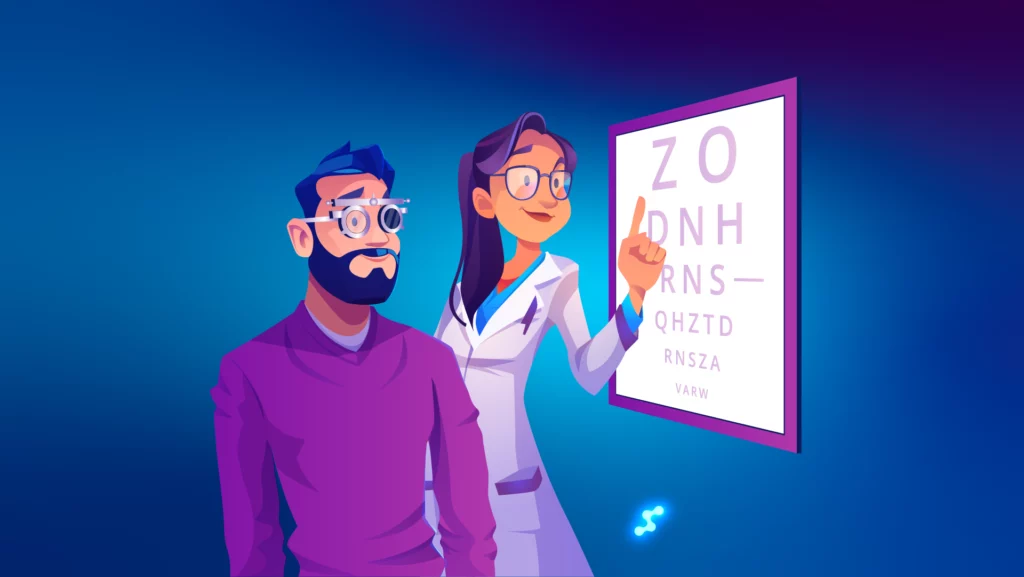
Conclusion: Betting on the Heart of Eye Care
In the rush to adopt AI and automation, it’s easy to forget what really matters in healthcare: people. The most successful practices of the future won’t be those with the flashiest gadgets—they’ll be the ones that never lose sight of the human connection at the heart of eye care.By turning your “old-school” approach into a superpower, you can outsmart the machines and build a practice that’s trusted, loved, and built to last. With the right blend of personal care and smart support from tools like Glasson, you’re not just keeping up—you’re leading the way.
 English
English  Polski
Polski  Čeština
Čeština  Deutsch
Deutsch  Español
Español  Français
Français  Ελληνικά
Ελληνικά  Hrvatski
Hrvatski  Italiano
Italiano  Lietuviškai
Lietuviškai  Magyar
Magyar  Nederlands
Nederlands  Português
Português  Română
Română  Slovenčina
Slovenčina  Svenska
Svenska  Türkçe
Türkçe  Русский
Русский 